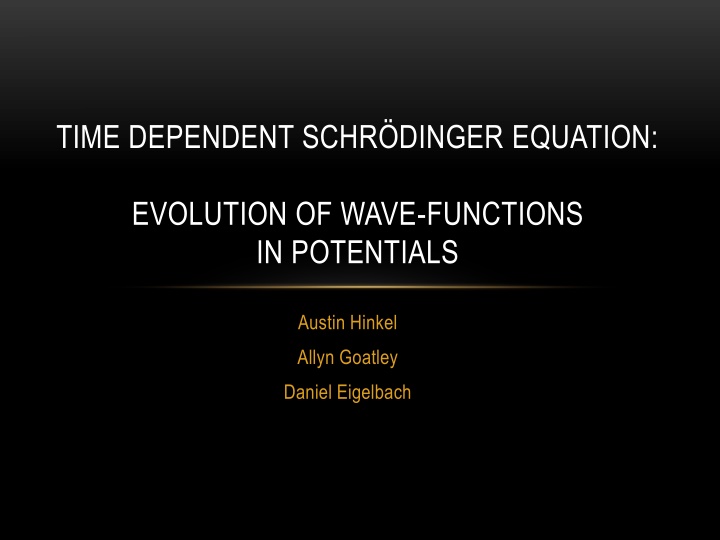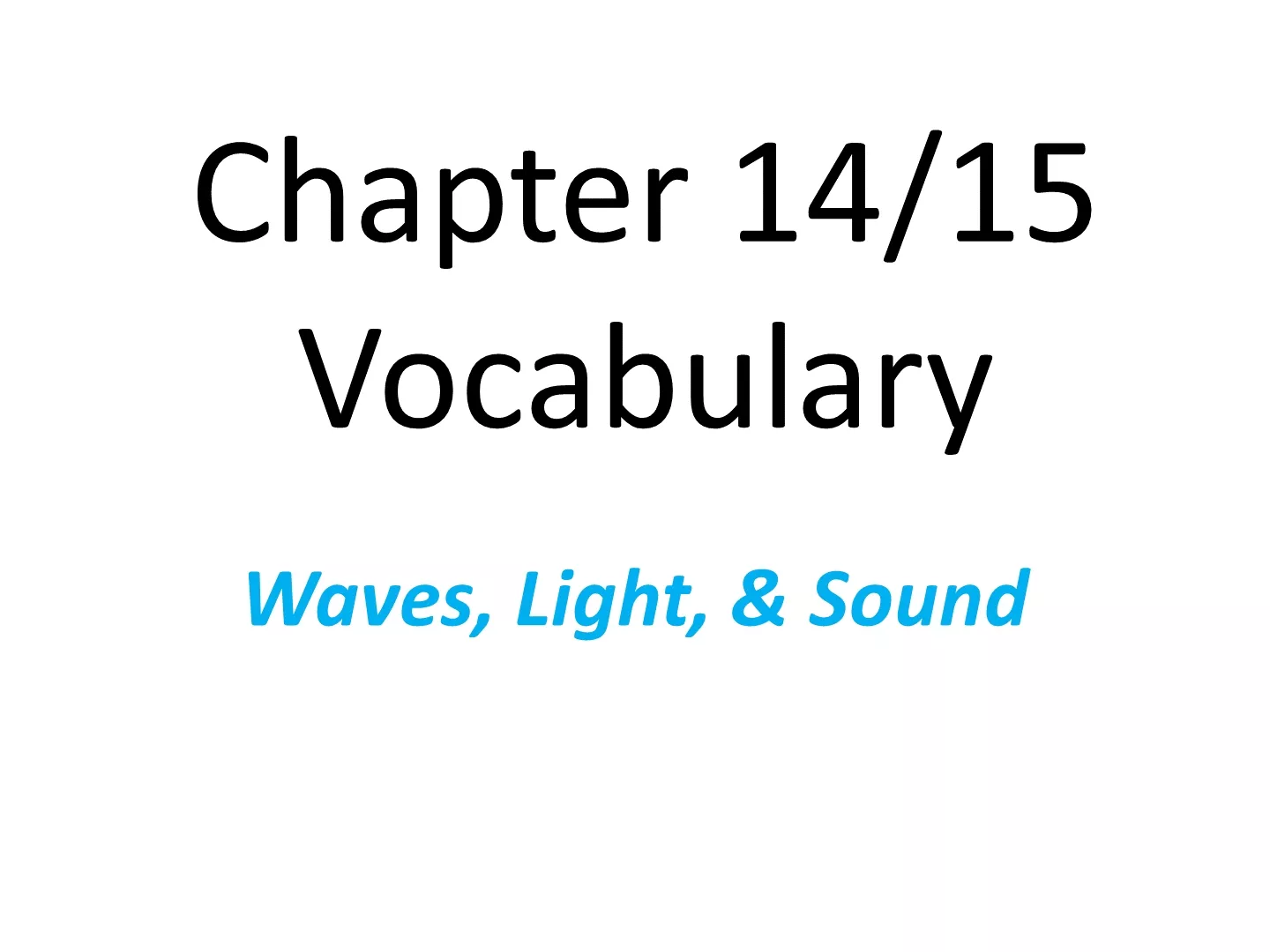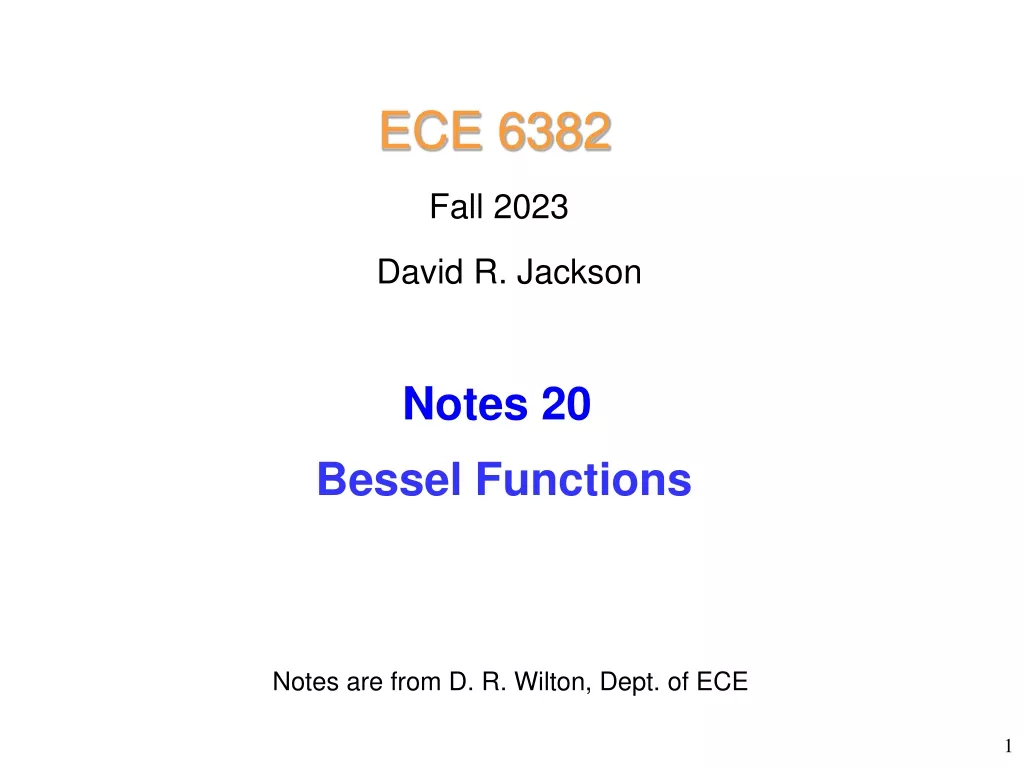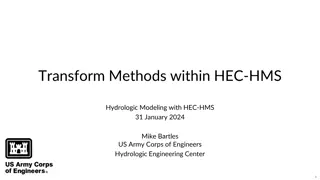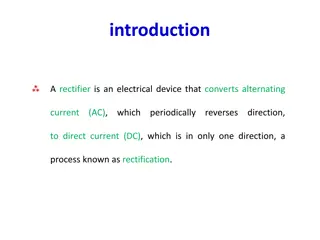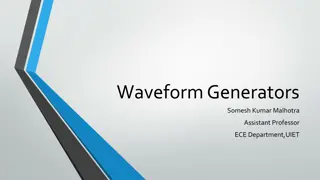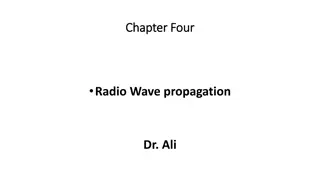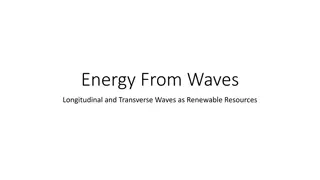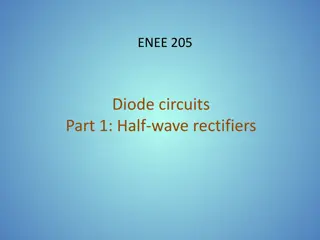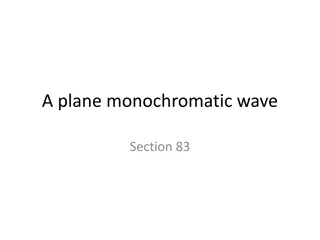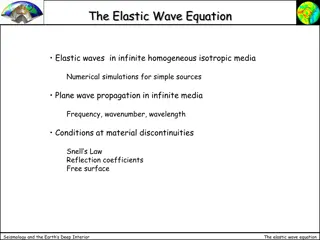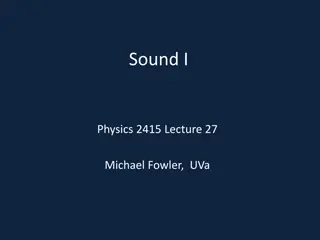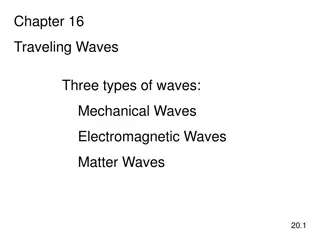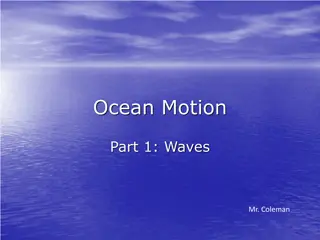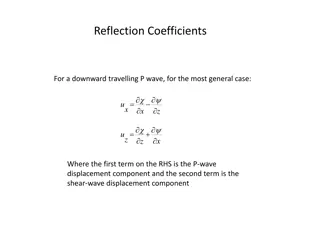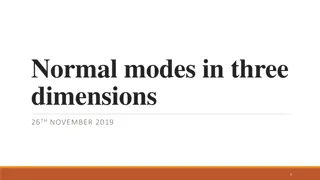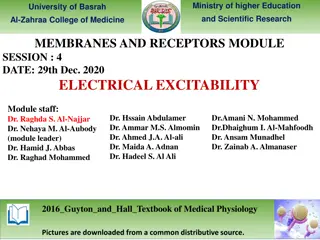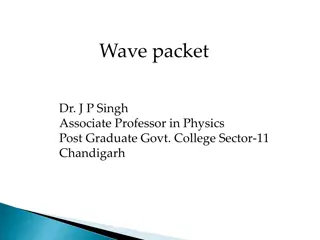Evolution of Wave-Functions in Potentials
The Time Dependent Schrödinger Equation illustrates the evolution of wave-functions in potentials, emphasizing conservation of energy. Learn about time-independent and time-dependent solutions, superposition of states, and more with interactive simulations.
Download Presentation

Please find below an Image/Link to download the presentation.
The content on the website is provided AS IS for your information and personal use only. It may not be sold, licensed, or shared on other websites without obtaining consent from the author.If you encounter any issues during the download, it is possible that the publisher has removed the file from their server.
You are allowed to download the files provided on this website for personal or commercial use, subject to the condition that they are used lawfully. All files are the property of their respective owners.
The content on the website is provided AS IS for your information and personal use only. It may not be sold, licensed, or shared on other websites without obtaining consent from the author.
E N D
Presentation Transcript
TIME DEPENDENT SCHRDINGER EQUATION: EVOLUTION OF WAVE-FUNCTIONS IN POTENTIALS Austin Hinkel Allyn Goatley Daniel Eigelbach
THEORY The Time Dependent Schr dinger Equation details the evolution of a wave-function in a potential with time. This is really just a representation of conservation of energy. The potentials enforce certain boundary conditions on the spatial wave function that lend themselves to quantization of that wave function.
THEORY CONTD Additionally, the equation admits a Time Independent solution as well as a time-dependent solution via separation of variables. The wave function is the product of these two solutions. The superposition of states is the conglomerate of many different states, each with a given weight or probability amplitude.
LEARNING OBJECTIVES Using the simple 1-dimensional infinite square well potential, users can build an intuitive understanding of the time evolution of the quantized sinusoids. Building on this simple understanding, users can step up their potential game (step-potential pun intended) and work with the Quantum Harmonic Oscillator. On both potentials, users will gain understanding of the superposition and time-evolution of quantized states that is difficult to convey through other means.
SIMULATION For each potential, our simulation allows for the adjustment of the weight (amplitude), energy level (shape), and time-evolution of up to 3 physical states/wave functions, to observe the affect each characteristic has on a superposition of these states. In general, the superposition is a linear combo of weighted, physically-allowed states: ? ?,? = ????,?? ? ???? + ????,?? ? ???? + ????,?? ? ????
SIMULATION CONTD This example, from the infinite square well potential, shows how our simulation may be used to examine how adjusting the energy levels of states affects the shape of the superposition of these states. Our simulation may be used to examine how adjusting the weights (amplitudes) of states affects the amplitude of the superposition, as in this example from the quantum harmonic oscillator potential case.
SIMULATION CONTD To observe time-evolution of the superposition of states, let s go to the actual simulation
THE END. THANK YOU! A+ !!!
